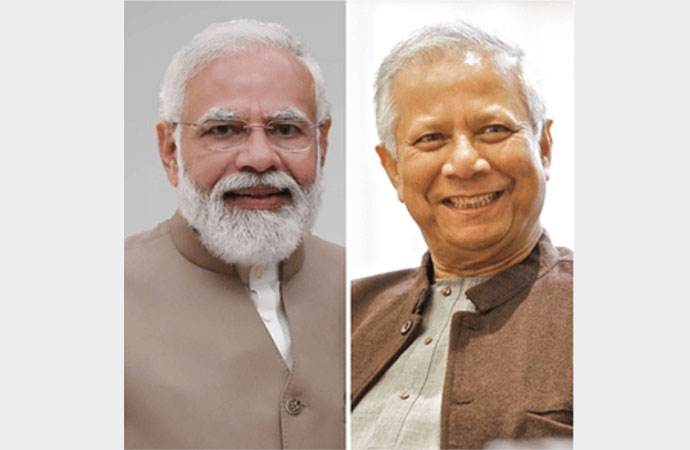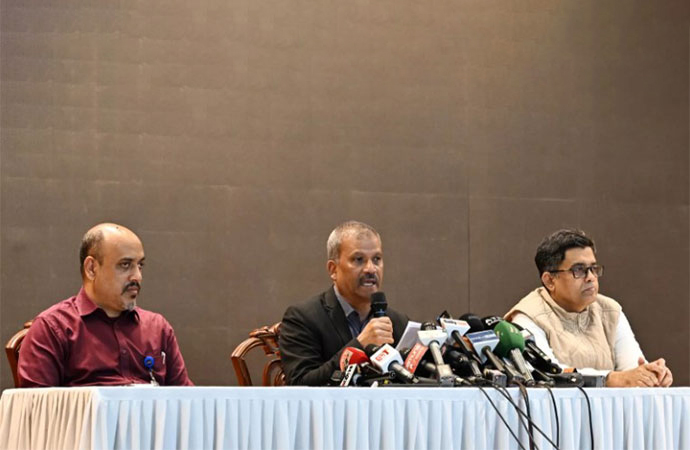Essays

Inclusion and education: All means all, Global Education Monitoring Report 2020 Published by UNESCO, Pages: 444, ISBN: 978-92-3-100388-2
Education is a basic human right and an inclusive education system plays the key role to build an inclusive society where people can live together peacefully. The highest performing education systems are those that combine quality with equity. Equity in education means that personal or social circumstances such as gender, age, religion, ethnic origin or family background, are not obstacles to achieving educational potential and that all individuals reach at least a basic minimum level of skills. In these education systems, the vast majority of students have the opportunity to attain high-level skills, regardless of their own personal and socio-economic circumstances. The Global Education Monitoring Report (2020) reminds us that education systems are only as inclusive as their creators make them. Disadvantages can be created by these systems and their contexts. Research indicates that, all over the world, discrimination is based on gender, remoteness, wealth, disability, ethnicity, language, migration, displacement, incarceration, sexual orientation, gender identity and expression, religion and other beliefs and attitudes; the Covid-19 pandemic has added new layers of exclusion. A few examples can be mentioned here: in sub-Saharan Africa, teachers may fear teaching children with albinism; stateless children and youth in Gulf States cannot enroll in public education institutions; Rohingya who are internally displaced or refugees have had no access to formal public schools; Roma children in Europe are segregated and more likely to be placed in special schools; and in Latin America, learning materials omit or misrepresent the history of Afro-descendants.
The UNESCO publication - "2020 Global Education Monitoring (GEM) Report" looks at social, economic and cultural mechanisms that discriminate against disadvantaged children, youth and adults, keeping them out of education. In line with its mandate, the Report examines progress towards Sustainable Development Goal 4 (SDG 4) on education and its ten targets, as well as other related education targets in the SDG agenda. It also addresses inclusion in education, drawing attention to all those excluded from education, because of background or ability. Released at the start of the decade of action to 2030 Agenda for Sustainable Development, and in the middle of the Covid-19 crisis, the GEM Report asks some crucial questions: 1) What are the key policy solutions for each element of inclusive education to ensure achievement of SDG 4? 2) How can common obstacles to implementation of these solutions be anticipated and overcome? 3) What arrangements are needed to coordinate among government sectors and tiers and with other stakeholders to overcome overlapping dimensions of exclusion? 4) How do education systems monitor exclusion, in terms of both individual education success and systemic factors, and how can current practices be improved? 5) What financing channels are used around the world, and how are they monitored, and how do they affect local practice?
The GEM Report is divided into two major parts: the thematic part and the monitoring part. The thematic part of the report is comprised of seven chapters (2 to 8). Chapter 2 analyses the role of legal tools in supporting development of inclusive education. It explores vague or contradictory laws and policies that can hinder inclusion and universal access to the different levels of education. The next chapter examines the challenges in collecting data on and for inclusion in education. It reviews experiences of defining vulnerable groups, including learners with disabilities, and challenges of identification and labeling. The fourth chapter addresses two related aspects. First, education ministries are at the heart of the inclusion effort but need to work with ministries and agencies in other sectors, sub-national education authorities and NGOs. Second, financing is crucial in ensuring education for all and targeting the schools and students most in need. While chapter 5 discusses the politically equally complicated issue of how curricula and learning materials are adapted to the principles of inclusive education, chapter 6 looks at how teachers can support transition from special needs to mainstream education, what their needs are and how governments help them prepare. The next chapter examines three school-level factors: i) a whole-school approach based on an inclusive ethos is a prerequisite for inclusion; ii) a universal infrastructure design approach - from road conditions to building design to water and sanitation; and iii) accessibility to technology which can provide significant support to students with disabilities. Chapter 8 examines the communities' crucial role in achieving inclusive education for all children.
The monitoring part of the report (chapters 9 to 21) serves two purposes. First, it reviews the latest evidence on the SDG 4 monitoring indicators to assess quantitative progress towards the international education targets. Second, it identifies issues and challenges of monitoring and advances for each target. An introduction (Chapter 9) presents a brief set of developments in the SDG 4 monitoring framework over the past year and selected issues with data availability in three key areas: household surveys, learning assessments and teacher data - the latter two with reference to sub-Saharan Africa. The subsequent chapters (i.e. chapters 10 to 19) address the seven targets and three means of implementation. Chapter 20 reviews the role of education in three other SDGs: gender (SDG 5), climate change (SDG 13) and partnerships (SDG 17). Chapter 21 looks at domestic public and external aid and household finance.
The world has made the commitment of ensuring inclusive education not by chance but because it is the foundation of an education system of good quality that enables every child, youth and adult to learn and fulfill their potential. The prerequisite, thus, is to see learner diversity not as a problem but as an opportunity. In this regard, the well-documented Global Education Monitoring Report 2020 provides 10 recommendations which need to be considered: 1) Widening the understanding of inclusive education which should include all learners, regardless of their identity, background or ability. 2) Targeting financing to those left behind - there is no inclusion while millions of children lack access to education. 3) Sharing expertise and resources which is the only way to sustain a transition to inclusion. 4) Engaging in meaningful consultation with communities and parents, since inclusion cannot be enforced from above. 5) Ensuring cooperation across government departments, administrative sectors and tiers. 6) Making space for non-government actors (i.e. NGOs) to challenge and fill gaps. 7) Applying universal design and ensuring inclusive systems fulfill every learner's potential. 8) Preparing, empowering and motivating the education workforce - all teachers should be prepared to teach all students. 9) Collecting data on and for inclusion with attention and respect and avoiding labeling that stigmatizes. 10) Learning from peers - much can be learned from sharing experiences through teacher networks. Finally, we must work together to build a world that sees diversity as something to celebrate, not a problem to rectify.
The writer is an independent researcher. E-mail: smrayhanulislam@hotmail.com

























Leave a Comment
Recent Posts
“My Ekushey Padak award is ded ...
This year, the government awarded the Ekushey Padak 2025 - the country ...
Biman is an inconvenient airli ...
I was on a flight of Biman from Dhaka to Bangkok on 28 February when B ...
Bangladesh’s art treasures deserve a global stage: C ..
The need for a consensus on the election
July uprising offers big opportunities for reforms, ..
Former Dhaka University professor Chowdhury Rafiqul ..